“Where are we going? Life, the timeless, mysterious gift, is still evolving. What wonders, or terrors, does evolution hold in store for us in the next ten thousand years? In a million? In six million? Perhaps the answer lies in this old house in this old and misty valley…” A benign and brilliant scientist (Edward Mulhare) discovers a way to accelerate human evolution. David McCallum (super-agent Illya Kuryakin from “The Man From Uncle”) plays the bitter young coal miner who is miraculously transformed into the man of the future. As a result of the experiment, the size of his brain grows grotesquely, a “sixth finger” appears, and he becomes the possessor of tremendous mental powers!
Category: evolution – Page 68
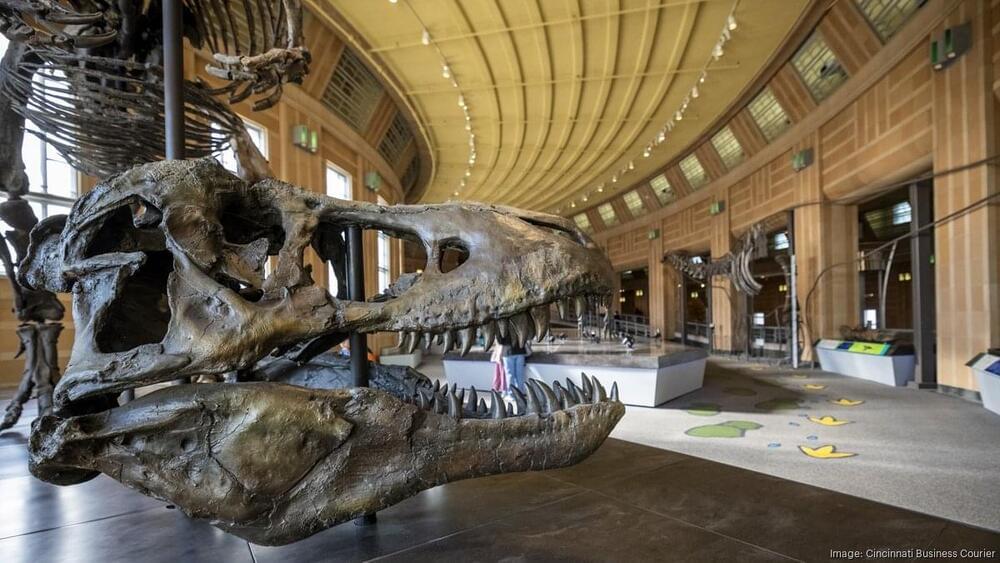
Cincinnati Museum Center’s partnership with Elevation Science will expand dinosaur fossil collection
“You need to go back hundreds of million years to understand the full picture of life,” he said. “Fossils are the database for deep-time studies.”
Paleontology may be a look back into the deep past, but it also plays a role in our future.
“Paleontology, and dinosaurs in particular, is a fantastic gateway into science, because all kids are interested in dinosaurs,” Storrs said. “It’s great if they go on to become scientists, but at the very least, they can be part of an informed citizenry that has a basic knowledge of the world and how science operates, because there’s always going to be questions about vaccines for example, or evolution, or climate change. Science plays a huge role in our world today.”

Recent advances in the evolution of aging and lifespan
Aging is a common phenomenon among organisms, however, lifespan tends to vary across different species to a significant extent among vertebrates themselves. Aging occurs due to the gradual increase in DNA damage, disruption of cellular organelles, deregulation of protein function, disrupted metabolism and oxidative stress [1].
Longevity. Technology: The differences in lifespan are driven by trade-offs and evolutionary trajectories in the genomes of organisms. Age-specific selection also impacts allele (variations of a gene) frequencies in a population. This in turn impacts environment-specific mortality risk and disease susceptibility. Moreover, mutational processes are influenced by life history and age in both somatic and germline cells.
Now, a new review published in Trends in Genetics discusses recent advances in the evolution of aging at population, organismal and cellular scales.
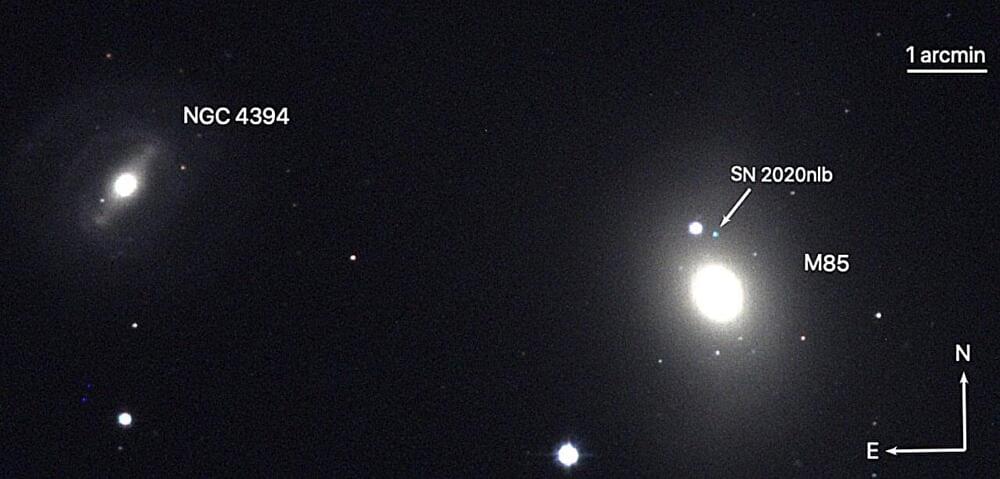
Astronomers inspect evolution of a nearby Type Ia supernova
Using various ground-based telescopes, astronomers have performed photometric and spectroscopic observations of a nearby Type Ia supernova known as SN 2020nlb. Results of the observations campaign, presented January 16 on the pre-print server arXiv, deliver important insights regarding the evolution of this stellar explosion.
Type Ia supernovae (SN Ia) are found in binary systems in which one of the stars is a white dwarf. Stellar explosions of this type are important for the scientific community, as they offer essential clues into the evolution of stars and galaxies.
SN 2020nlb was detected on June 25, 2020 with the Asteroid Terrestrial-impact Last Alert System (ATLAS), shortly after its explosion in the lenticular galaxy Messier 85 (or M85 for short), located some 60 million light years away. Spectroscopic observations of SN 2020nlb, commenced shortly after its detection, confirmed that it is a Type Ia supernova.
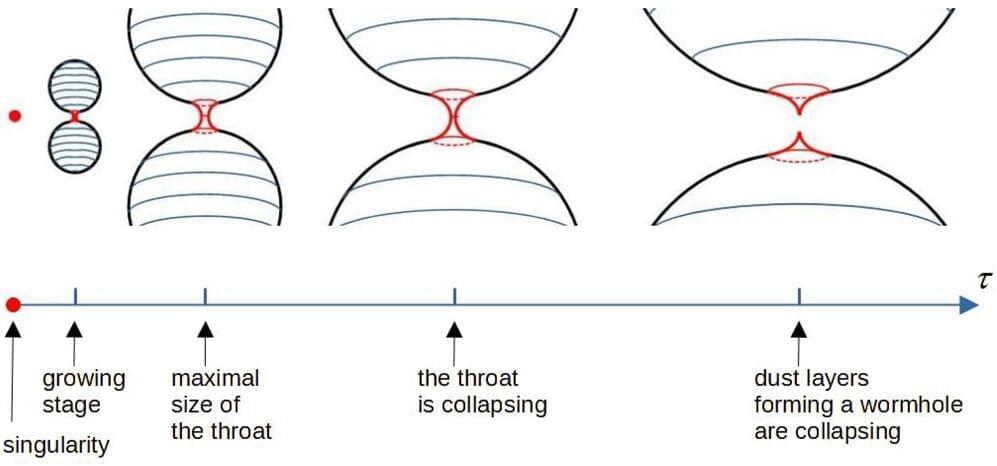
Astrophysicists offer theoretical proof of traversable wormholes in the expanding universe
The expansion of the universe at some stage of evolution is well described by the Friedmann model. It was derived from general relativity a hundred years ago, but it is still considered one of the most important and relevant cosmological models.
RUDN University astrophysicists have now proven the theoretical possibility of the existence of traversable wormholes in the Friedmann universe. The research is published in the journal Universe.
“A wormhole is a type of highly curved geometry. It resembles a tunnel either between distant regions of the same universe or between different universes. Such structures were first discussed in the framework of solutions to the gravitational field equations a hundred years ago. But the wormholes considered then turned out to be non-traversable even for photons—they could not move from one ‘end of the tunnel’ to the other, not to mention going back,” said Kirill Bronnikov, doctor of physical and mathematical sciences, professor of RUDN University.
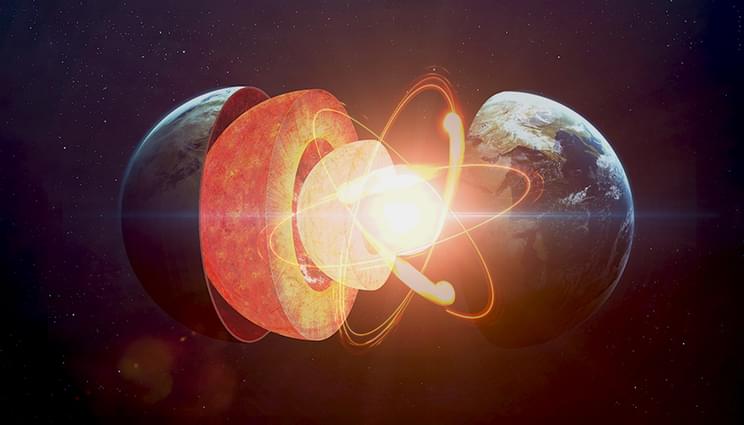
New study reveals surprising behavior of iron under extreme conditions
Iron is one of the world’s most abundant elements and a primary component of the Earth’s core. Understanding the behavior of iron under extreme conditions, such as ultra-high pressures and temperatures, has implications for the science of geology and the Earth’s evolution.
In a study conducted by a team led by Lawrence Livermore National Laboratory. researchers combined lasers and X-ray diffraction methods to examine how different crystal structures of iron are related to each other and what happens when it melts at ultrahigh pressures and temperatures. The paper was published in the journal Physical Review B.
Using the Dynamic Compression Sector beamline at Argonne National Laboratory, researchers applied nanosecond laser shock compression to iron at pressures up to 275 gigapascals (GPa) — more than 2 million times atmospheric pressure — and used in situ picosecond X-ray diffraction to study the structure of the iron under these extreme conditions. Authors said the ability to gather this novel data on iron provides insights into materials science and the internal dynamics of Earth and other terrestrial exoplanets.
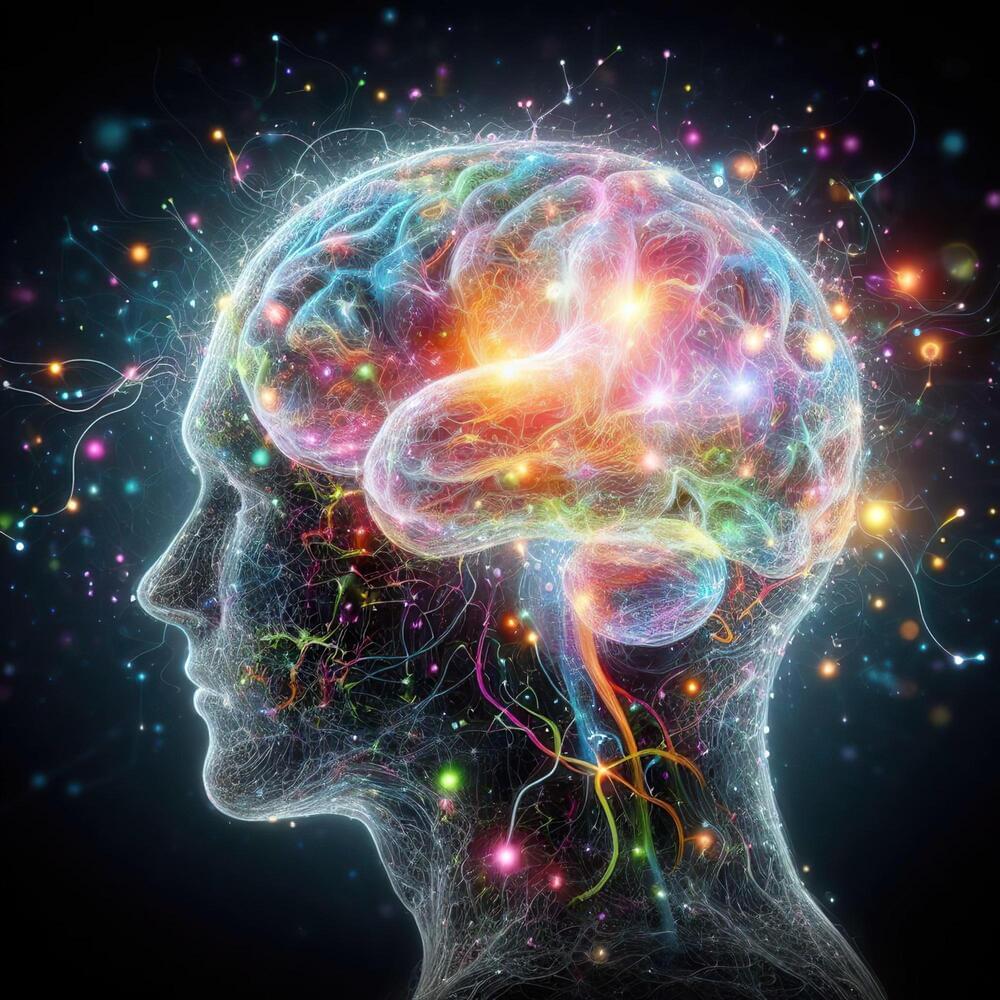
Harvard Scientists Discover Surprising Hidden Catalyst in Human Brain Evolution
The study hypothesizes that ‘pre-digested’ foods contributed to the development of larger brains. The large, capable human brain is a marvel of evolution, but how it evolved from a smaller primate brain into the creative, complex organ of today is a mystery. Scientists can pinpoint when our evolutionary ancestors evolved larger brains, which roughly tripled in size as human ancestors evolved from the bipedal primates known as Australopithecines.
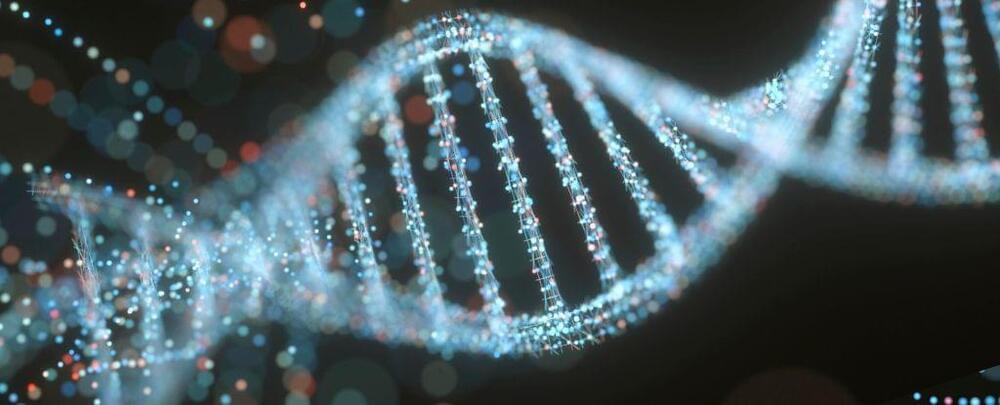
The Forces That Drive Evolution May Not Be as Random as We Thought
The random nature of genetic mutation implies evolution is largely unpredictable. But recent research suggests this may not be entirely so, with interactions between genes playing a bigger role than expected in determining how a genome changes.
It’s known that some areas of the genome are more likely to be mutable than others, but a new study now suggests a species’ evolutionary history may play a role in making mutations more predictable too.
“The implications of this research are nothing short of revolutionary,” says University of Nottingham evolutionary biologist James McInerney.

It Turns Out We Were Born To Groove
Studies show that humans have among the most precise and subtle awareness of both musical tonality and ‘beat’, or rhythm.
The evolution of beat perception likely unfolded gradually among primates, reaching its pinnacle in humans.

New Evolution Theory Explains Why Animals Shrink Over Time
New research reveals key factors behind the changing sizes of certain animals over time, challenging traditional evolutionary theories with its findings on species ’ size variations.
The mystery behind why Alaskan horses, cryptodiran turtles, and island lizards shrunk over time may have been solved in a new study.
The new theoretical research proposes that animal size over time depends on two key ecological factors: the intensity of direct competition for resources between species, and the risk of extinction from the environment.